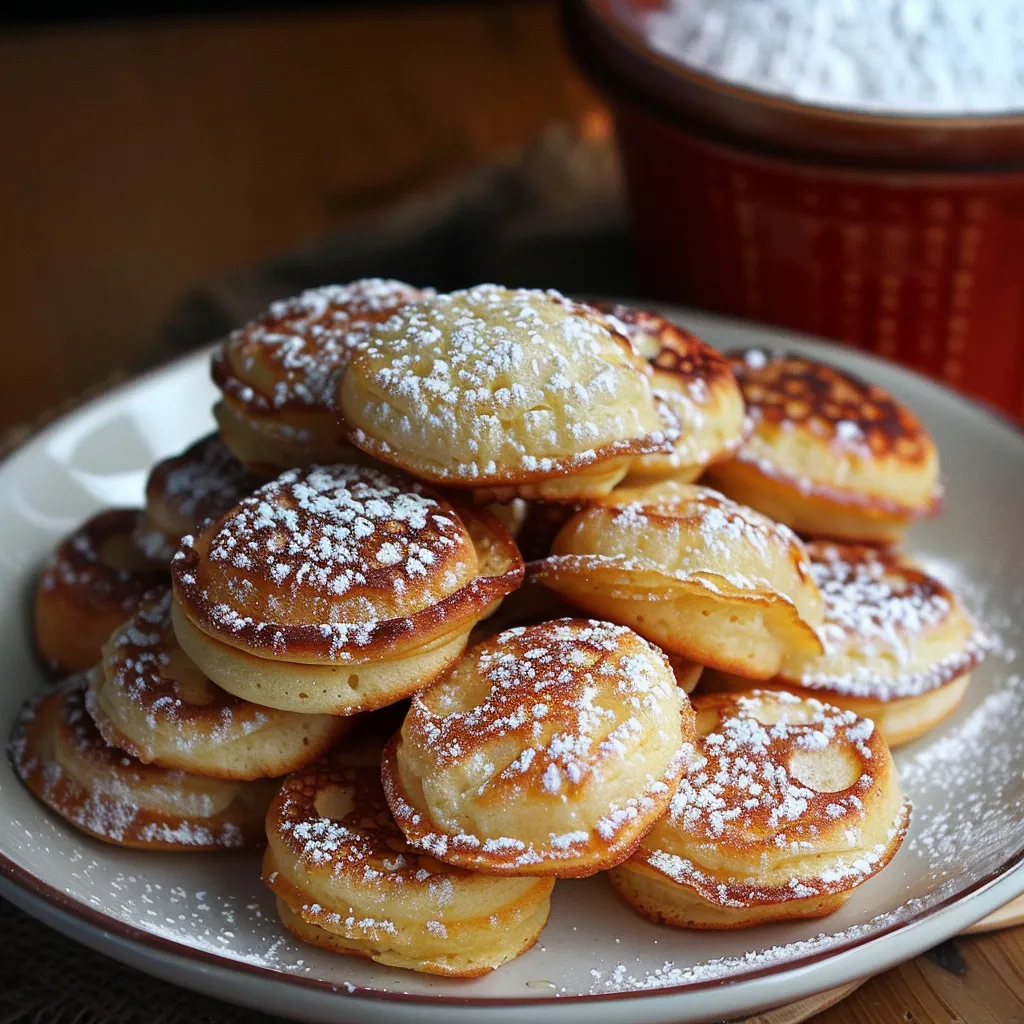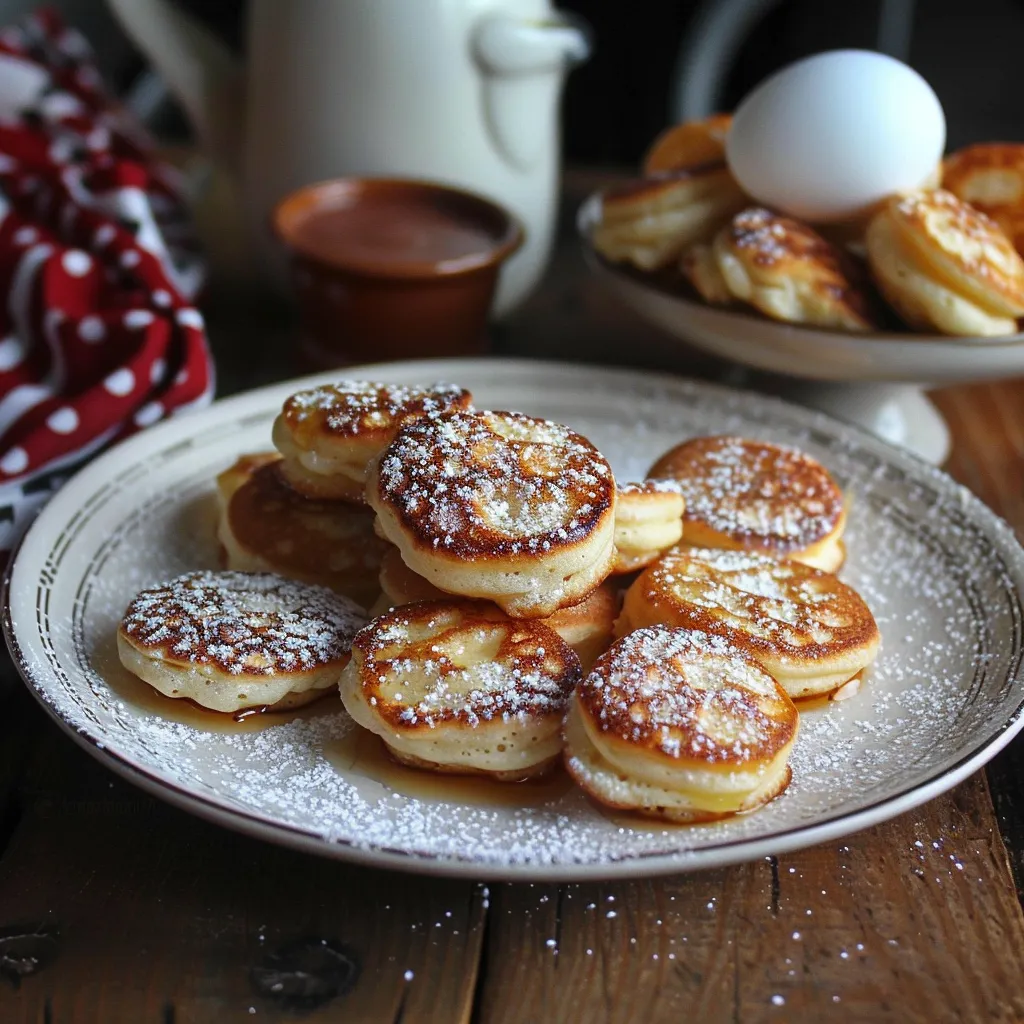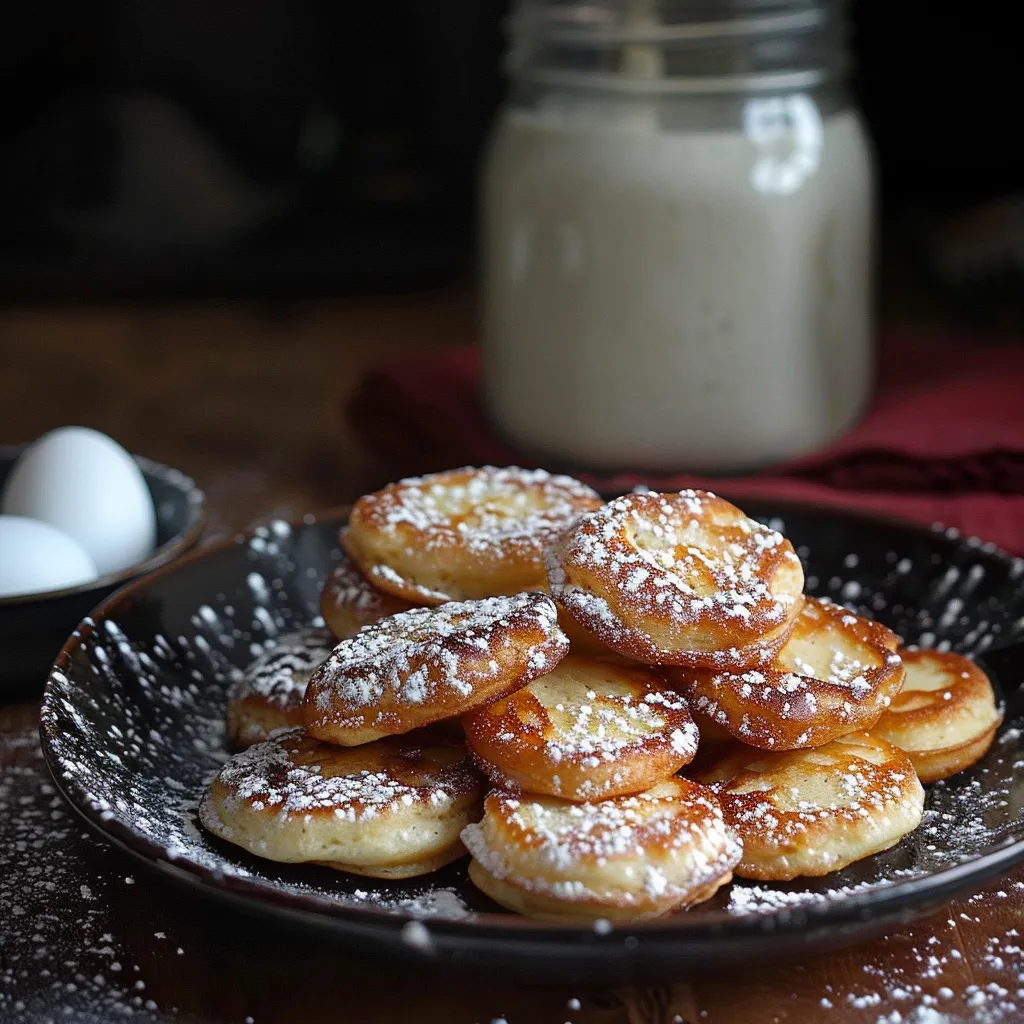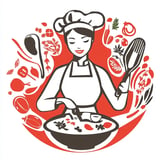 Pin to Favorites
Pin to Favorites
The moment you bite into a warm poffertje dusted with powdered sugar, you experience a delightful contrast between the crisp exterior and pillowy center. These tiny Dutch pancakes might seem humble in appearance, but their yeast-leavened batter creates a depth of flavor that distinguishes them from ordinary pancakes. Each bite delivers a perfect balance of sweetness and subtle yeasty complexity that makes them irresistibly moreish—explaining why these little treats have been beloved in the Netherlands for generations.
I first tried making these after returning from Amsterdam, where I'd watched street vendors creating these delicacies with mesmerizing efficiency. My first batch was slightly misshapen but completely delicious, and now they've become our Saturday morning tradition. There's something magical about watching family members gather around the table, each personalizing their poffertjes with favorite toppings.
Essential Ingredients and Selection Tips
- Yeast: Active dry yeast works beautifully in this recipe. Make sure it's fresh—check the expiration date, as older yeast may not activate properly.
- Milk: Whole milk produces the richest flavor, but 2% works well too. Warm to about 110°F—too hot will kill the yeast, too cool won't activate it properly.
- Flour: All-purpose flour creates the perfect texture. For an authentic touch, you can substitute buckwheat flour for 25% of the flour.
- Butter: Use unsalted butter for the batter and greasing the pan. European-style butters with higher fat content create an even richer result.
 Pin to Favorites
Pin to Favorites
Detailed Cooking Instructions
- Activate the Yeast:
- In a large mixing bowl, combine 2¼ tsp active dry yeast with 1 tbsp sugar. Warm 1½ cups milk to 110°F and pour over the yeast mixture. Let sit for 5-10 minutes until frothy.
- Create the Batter:
- Add 2 cups all-purpose flour, 1 beaten egg, and ¼ tsp salt. Whisk until smooth and free of lumps.
- Allow for Rising Time:
- Cover the bowl with a clean towel and let the batter rise in a warm place for 45-60 minutes, until doubled in volume.
- Prepare the Pan:
- Preheat a poffertjes pan, aebleskiver pan, or non-stick skillet over medium heat. Butter each dimple generously.
- Fill the Divots:
- Pour batter into each dimple, filling about ⅔ full. A squeeze bottle or spoon works well for control.
- Monitor the Cooking Process:
- Watch for bubbles to form on the surface (about 1-2 minutes). The edges should be set, and the bottoms golden brown.
- Master the Flip:
- Use a chopstick or skewer to flip each poffertje over. A smooth motion ensures an even flip.
- Finish Cooking:
- Cook for another 1-2 minutes until the second side is golden brown.
- Serve Immediately:
- Transfer to a warm plate, dust generously with powdered sugar, and serve with a small pat of butter.
My first attempt at poffertjes taught me that patience with the yeast is essential. I tried to rush the rising process and ended up with dense, flat discs instead of puffy delights. Now I know that allowing full rise time creates that unmistakable airy texture.
Proper heat management dramatically affects results. Too hot, and the outsides burn before the centers cook; too cool, and they become soggy instead of developing that delightful crisp edge. I've found that medium heat works best, allowing them to cook through while achieving golden-brown perfection.
The rising time creates flavor complexity. While you might be tempted to add vanilla or other flavorings, traditional poffertjes rely solely on the depth created by properly fermented yeast. This subtle complexity is what distinguishes them from regular pancakes.
Topping variations open endless possibilities while maintaining tradition. While powdered sugar and butter remain the classic Dutch presentation, fresh berries, maple syrup, or warm honey make delicious alternatives.
Mastery comes through practice. Each batch improves your technique, especially the distinctive flipping motion that creates their characteristic shape. Don’t be discouraged if your first attempts aren’t perfect—even misshapen poffertjes taste delicious!
These charming little pancakes have a rich history dating back to 18th century Netherlands, where they were traditionally made with buckwheat flour. Originally enjoyed at church celebrations and markets, they've evolved into a beloved street food and home cooking tradition throughout the country.
What makes poffertjes truly special is their ability to create moments of togetherness. In Dutch culture, they're rarely eaten alone—they’re enjoyed at markets with friends or prepared at home for family gatherings.
I serve poffertjes as an interactive breakfast or dessert, arranging them on a central platter surrounded by various toppings—powdered sugar, sliced strawberries, chocolate sauce, and whipped cream—allowing everyone to create their perfect combination.
The joy on people’s faces as they taste these pillowy treats for the first time is one of my favorite cooking rewards. These tiny pancakes may be small in size, but they create outsized memories around the table.
 Pin to Favorites
Pin to Favorites
Frequently Asked Questions
- → Do I need a special pan to make Poffertjes?
- Yes, traditionally Poffertjes are made in a special dimpled cast iron pan called a Poffertjes pan or Aebleskiver pan. While you could attempt to make smaller versions in a regular skillet, the special pan helps create their characteristic puffy, round shape.
- → Can I make the Poffertjes batter ahead of time?
- Yes, you can make the batter the night before and let it rise slowly in the refrigerator. This actually enhances the flavor. Just bring it to room temperature about 30 minutes before cooking.
- → What's the best way to flip Poffertjes?
- The traditional method is using a skewer or thin wooden skewer to gently flip them when the edges start to set. You can also use a fork or small spoon, but the skewer gives you more control for the perfect round shape.
- → What toppings go well with Poffertjes?
- Traditional toppings are powdered sugar and butter, but they're also delicious with maple syrup, chocolate sauce, fresh fruit, whipped cream, or Nutella. Some people enjoy them with a sprinkle of cinnamon or a drizzle of honey.
- → Why do my Poffertjes deflate after cooking?
- This could happen if the batter is overworked, the yeast is old, or if the pan isn't hot enough when cooking. Make sure to stir the batter just until combined, use fresh yeast, and ensure your pan is properly heated before adding batter.
